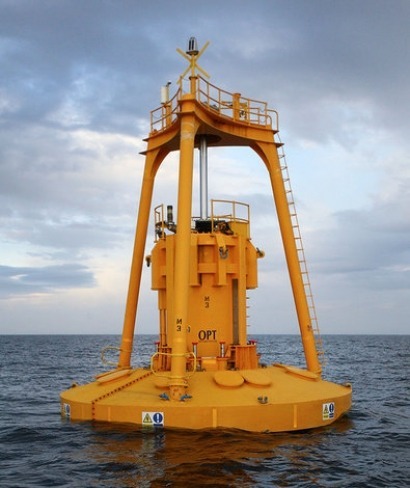
The PowerBuoy is expected to arrive in the US, having been disassembled and shipped from Santander in Spain, around mid-November. It will then be re-assembled at Bayonne, New Jersey, subjected to a final checkout and permits and then deployed off the New Jersey coast.
The PowerBuoy was fabricated with partial funding and support provided by the European Commission under its 7th Framework Programme.
“We thank the EC and members of the WavePort Consortium, specifically, ISRI, WavEC, DeGima SA, Fugro Oceanor AS and the University of Exeter for their support in advancing this important project” said David Keller, Interim CEO of OPT. “We intend to deploy and ocean test the PB40 as quickly as possible in order to achieve the original WavePort project objectives to demonstrate performance of a large scale wave energy converter. We continue to believe that ocean trials are the most effective means of demonstrating the current state of technology and to provide the critical operating data to guide further product improvements.”
New Jersey was selected as the best location for the buoys deployment after evaluation of a number of sites. Ownership was transferred to Ocean Power Technologies (OPT) before departure from Santander on October 7th. The PB40 shares technology with some of the company’s smaller scale autonomous buoys and that will enable the OPT to more rapidly execute its strategic aim of capitalising on the growing market for offshore data collection and transmission requiring off grid power production at smaller scale.
OPT is headquartered in Pennington, New Jersey, and is a pioneer in wave-energy technology, having a long track record in the sector. Its proprietary PowerBuoy system is based on modular, ocean-going buoys that capture and convert predictable wave energy into electricity.
For additional information:

